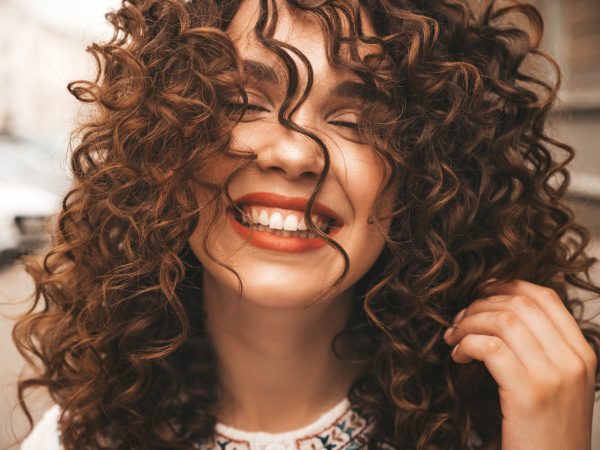
Understanding the unique characteristics of your hair can be transformative, not just for styling but for maintaining its health. Have you ever wondered why certain hair products work wonders for some but not for you? The secret lies in recognising your natural hair texture and curl type. Each strand of hair has its own identity, shaped by its texture and curl pattern, which influences how it absorbs and reacts to hair care products. Let’s get right into the different types of hair textures, from fine to curly, and understand how to know your hair texture.
What is Hair Texture?
Hair texture refers to the natural shape or pattern of your strands. This attribute is genetically determined and influences how manageable your hair is and how it reacts to styling and hair care products. Textures can range broadly from straight to tightly coiled.
The classification of hair texture into types 1, 2, 3, and 4, with subcategories ranging from A to C, helps in understanding and managing hair more effectively. For example, type 1 is purely straight, type 2 is wavy, type 3 is curly, and type 4 is coiled or kinky.
Each type and subtype has specific characteristics and needs, which dictate the kind of care required to maintain healthy hair. By identifying your hair’s texture, you can choose the most effective products and styling methods to enhance its natural beauty.
What are the Different Hair Texture Types?
There are many types of hair textures that range from different degrees of straight and curly hair which helps you to identify the best care routines and styles. Let’s get into the different hair types and understand their distinct characteristics.
Type 1A
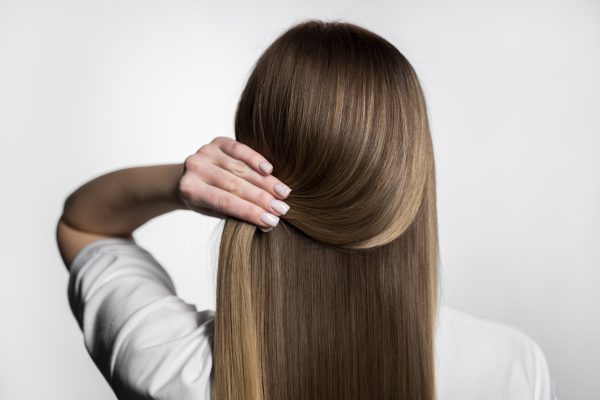
The straightest of all, Type 1A hair lies flat against the scalp and often appears sleek and shiny. However, it’s fine nature can also make it prone to oiliness. This type has little to no body or volume, making it fall smoothly from the root to the tip.
Type 1B
Still predominantly straight, Type 1B hair offers slightly more body than its 1A counterpart. It has a medium texture with a tendency to develop some bends, especially towards the ends. This type provides a natural volume that makes it versatile for various styling options.
Type 1C
The most textured within the straight hair category, Type 1C is characterised by a subtle wave. Its thickness can pose a challenge in styling as it tends to frizz more easily than finer types. The wave in 1C hair adds some volume and body, giving it a robust appearance.
Type 2A
Wavy hair begins with Type 2A, known for its fine, light waves. It offers a tousled texture that appears effortless and can be easily styled. The slight waviness introduces a bit of volume, though it maintains much of the sleekness of straight hair.
Type 2B
Type 2B hair has more defined waves compared to 2A, typically forming S-shaped curls that are more pronounced. These waves start from the mid-length of the hair, giving it a textured look that can occasionally frizz without proper care.
Type 2C
The waves in Type 2C are coarser and more defined, often verging on curly. This hair type has a thicker wave, noticeable volume, and tends to frizz more frequently. The robust curls start close to the crown and can maintain their shape with the right care.
Type 3A
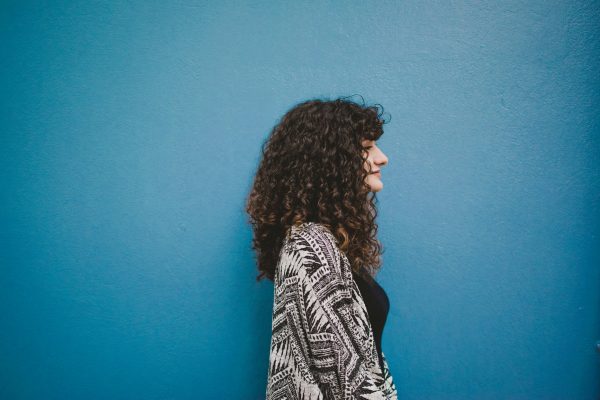
Moving into curly territory, Type 3A features loose curls with a clear S-shape. The curls are big and soft, often shiny, and can range from loose loops to tight ringlets. This hair type combines volume with movement, making it dynamic yet manageable.
Type 3B
Type 3B curls are more voluminous and tighter than 3A. They can range from bouncy ringlets to tight corkscrews, typically the size of a sharpie marker. This hair type is dense and can appear very full, offering a rich texture and body.
Type 3C
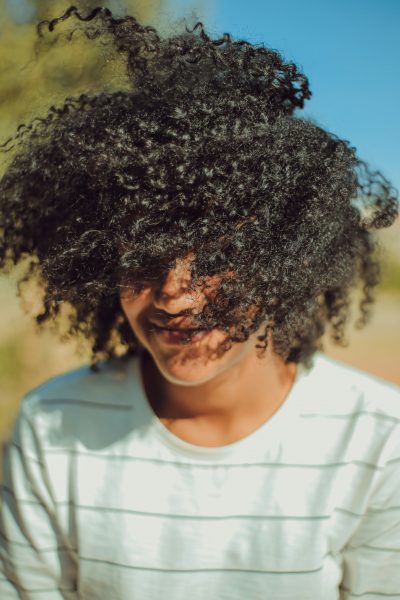
Known for its tight curls or coils, Type 3C has strands packed together, creating a high-density look. These curls are finer in texture, resembling corkscrews and are prone to dryness, requiring more specific care to maintain their definition.
Type 4A
Type 4A is characterised by its dense, springy coils that are finely patterned. The curl is tight, usually with a visible S pattern, and needs careful handling to preserve its structure and moisture.
Type 4B
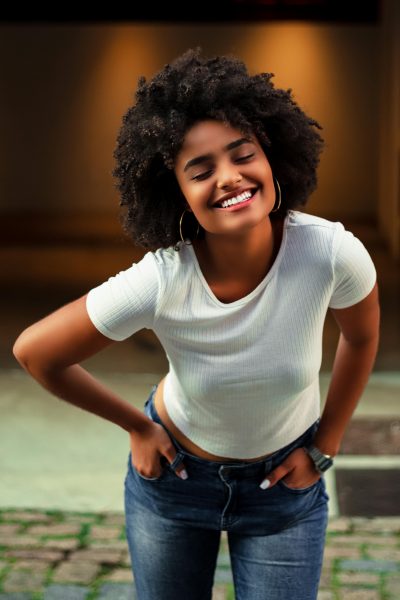
With a less defined curl pattern, Type 4B hair bends in sharp angles resembling the letter Z. The texture is soft yet dense, and the hair can shrink significantly, masking its true length.
Type 4C
The most coiled hair type, 4C features a very tight curl pattern that is often not defined. The strands can interlock and form very tight kinks, making it the most fragile type. It exhibits significant shrinkage and requires gentle care to prevent breakage.
Takeaway
For optimal care tailored to your unique hair texture, consider indulging in specialised treatments like the ones offered at Bodycraft Hair Spa Treatment. Our K18 Hair Spa and Olaplex Hair Spa treatments are designed to nourish and strengthen your hair from within, promoting improved texture and overall health. These treatments work wonders in repairing damage, reducing hair fall, and enhancing the natural beauty of your locks.
View this post on Instagram
At Bodycraft, our expert stylists assess your hair’s specific needs and recommend the most suitable spa treatment to address them effectively. Whether you’re dealing with fine hair, curly locks, or any texture in between, our hair spa treatments cater to diverse hair types, ensuring that you achieve the vibrant, resilient hair you deserve. Visit Bodycraft Salon to experience the transformative benefits firsthand.
FAQs on Hair Textures
1. How can I improve my hair texture?
Improving your hair texture begins with a balanced diet and proper hydration. Regular trims and a consistent hair care routine tailored to your hair type—whether it’s moisturizing dry curls or using lightweight products for fine hair—can enhance your hair’s natural texture.
2. Can hair texture change?
Yes, hair texture can change due to various factors. Ageing, hormonal fluctuations, and even health changes can alter the structure of your hair follicles, leading to changes in your hair’s curl pattern, thickness, and overall texture.
3. Why has my hair texture changed?
Changes in hair texture often stem from biological shifts like ageing of skin or hormonal variations, particularly during pregnancy or menopause. Environmental stressors, such as extreme weather conditions or prolonged use of heat styling tools, can also affect your hair’s natural texture.
4. Do hormones affect hair texture?
Absolutely. Hormones play a significant role in shaping hair texture. Shifts in hormone levels, such as those experienced during pregnancy, menopause, or due to thyroid issues, can make hair curlier, straighter, thicker, or thinner.
5. How to change hair texture without chemicals?
To naturally alter your hair texture, focus on techniques like regular deep conditioning treatments, avoiding heat styling, and choosing protective hairstyles that can help stretch or enhance curls. Maintaining a healthy scalp environment is also key to promoting the natural beauty of your hair texture.